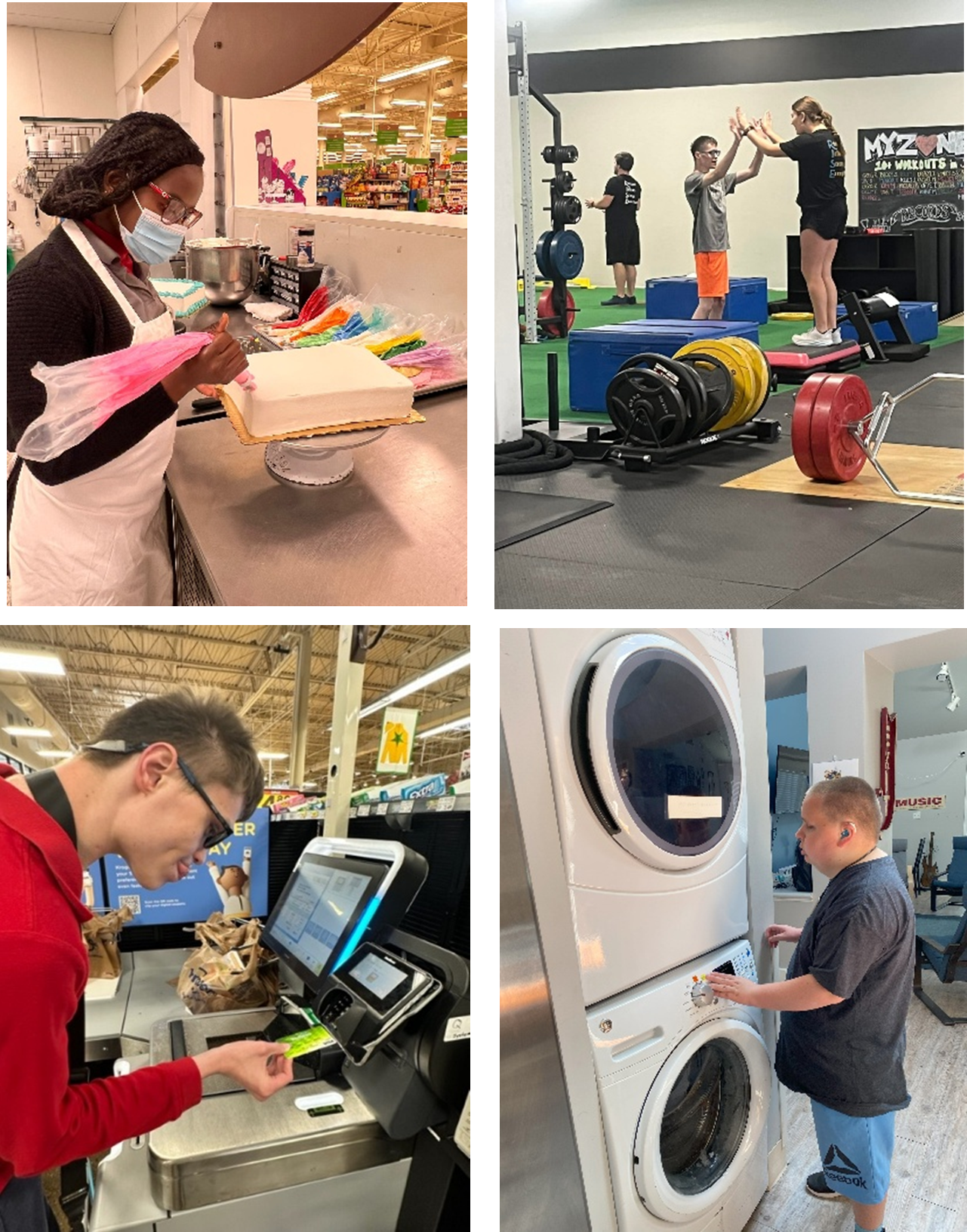Community Living
When the student no longer spends their days at school, how do we envision that those hours will be spent in ways that the student feels are purposeful, meaningful, and personally satisfying? (Conway et al., 2016).
Belonging to communities is an essential part of life. Families, teachers, and service providers can help children and youth who are deafblind be part of their communities by exposing them to a variety of experiences and encouraging them to participate in community activities.
Most of the resources on this page focus on helping young people develop meaningful connections in their communities, as they make the important transition from high school to adult life. It involves learning about their unique interests, abilities, and preferences, and determining what funding, services, and support systems are available, including access to interpreters, interveners, and support service providers.
Key to this process is knowing how to support and empower a child or youth who is deafblind to mature and participate in making their own decisions about their lives and community living.

Introductory Resources
Learn More
Community Personnel
Deafblind People and Support Service Providers in the 21st Century
Deeming, Gabry, Gasaway, Jordan, Pope, & Spiers, 2021
What is an SSP?
Helen Keller Services
Active Support Service Provider and CoNavigator Programs
Helen Keller Services
Interveners in the Home and Community: An Under-Recognized Imperative
National Center on Deafblindness
Interpreters, Interveners, and Support Service Providers
Discover Interpreting
Reference
Conway, M., Veto, M., Drake, N., Wiley, D., Rothbauer, D., Lieberman, L. (2016, September). Transition to adulthood and community life. In National Center on Deafblindness, Open Hands, Open Access: Deaf-Blind Intervener Learning Modules.
KEEP EXPLORING